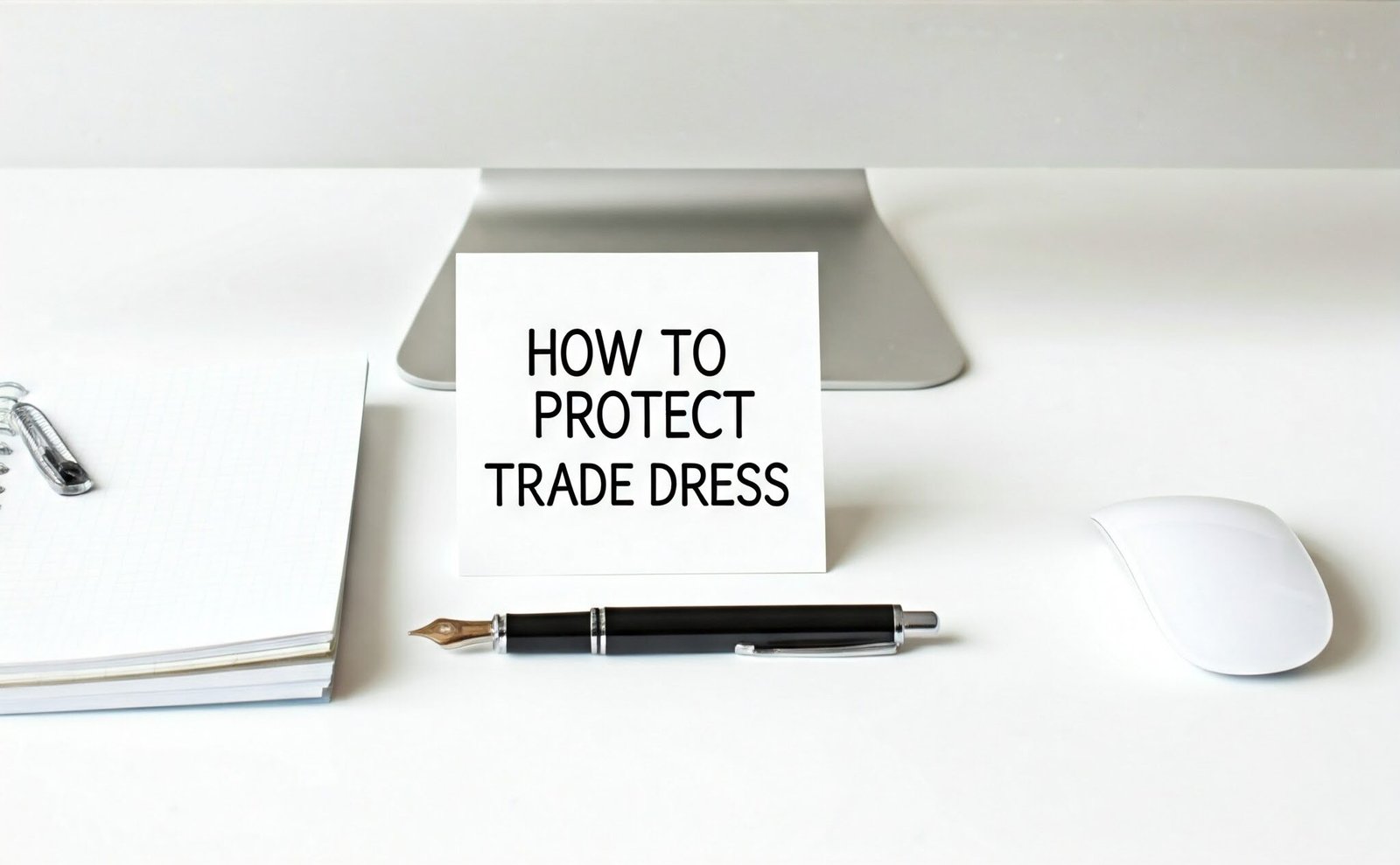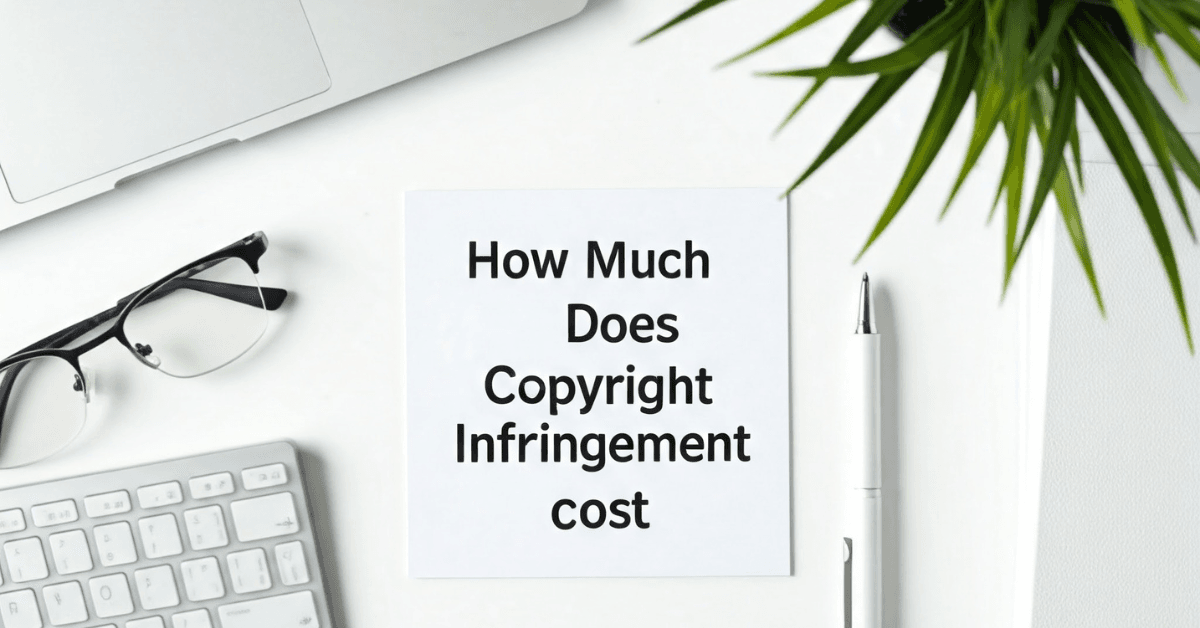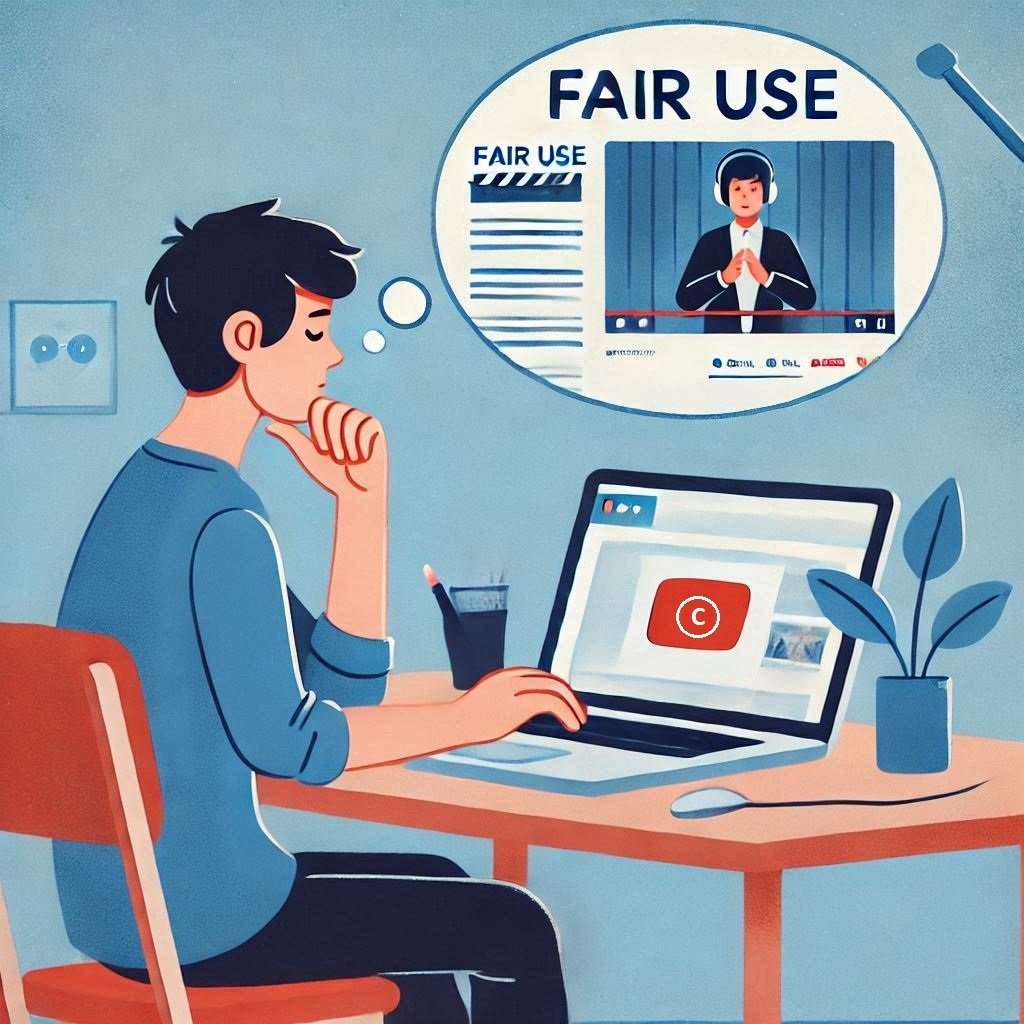Ever wondered how you always find your favorite candy or coffee from a distance? It is neither all about the logo nor the name but specifically its different appearance which catches your attention. Here, trade dress comes into existence.
But what does trade dress protects exactly is a big question, and why you must give it any importance. This blog post discusses in detail about trade dress protection and why it is important for business.
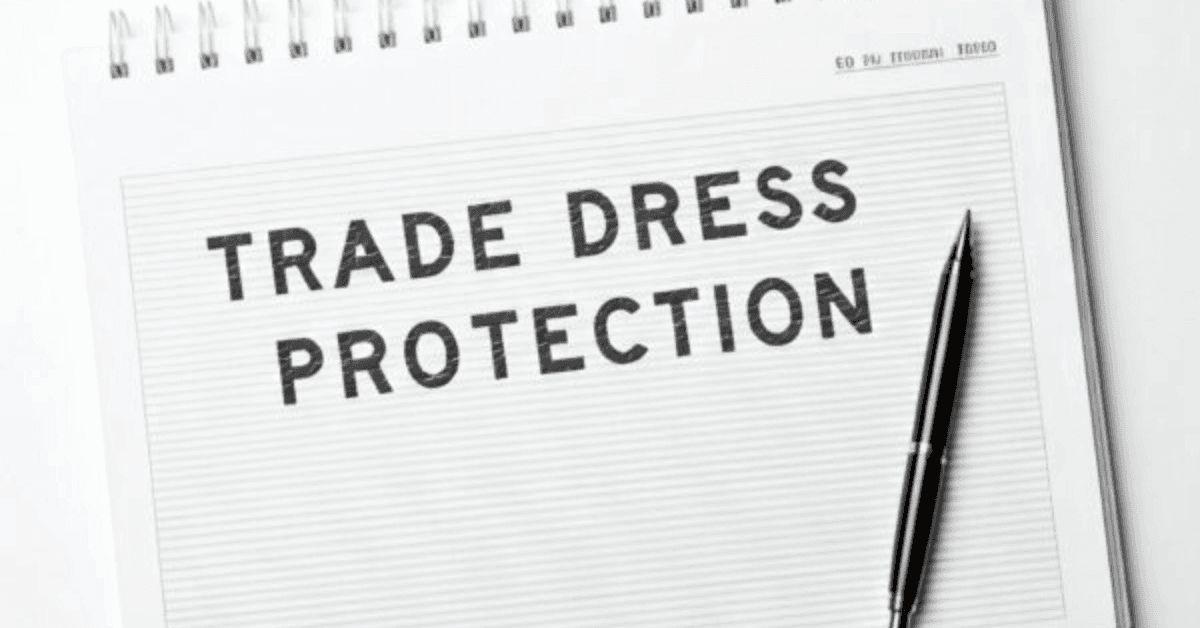
What Is Trade Dress?
Think of a product whose appearance is so distinctive that you know it at first sight. That’s what trade dress is: the appearance of a product or its packaging, which serves to identify its source.
Think, for example, of a fast-food restaurant chain recognizable by its red and yellow signs, or a perfume bottle recognizable by its shape. Trade dress is all about this kind of visual appearance.
Why Is Trade Dress So Important?
Have you ever been deceived to buy something which looked exactly like your favorite brand but actually wasn’t? This, in fact, is what the trade dress protection deters. It ensures the identity of each business while the consumers are protected against confusion by impersonations. After all, don’t you deserve the best when you buy your favorite product?
Let’s comprehend the importance of Trade Dress Protection through a landmark judgment.
In the landmark judgment of Two Pesos, Inc. v. Taco Cabana, Inc., 1992, where Taco Cabana sued Two Pesos for copying its distinctive restaurant design.
The U.S. Supreme Court, in unanimous vote, held that trade dress may be protected without secondary meaning if it is inherently distinctive and non-functional. The case really brought out the trade dress aspect for the protection of a brand’s identity outside of a logo or name.
Key Point: Trade dress gains trust. It’s what makes your brand memorable and customers loyal.
What Does Trade Dress Protect?
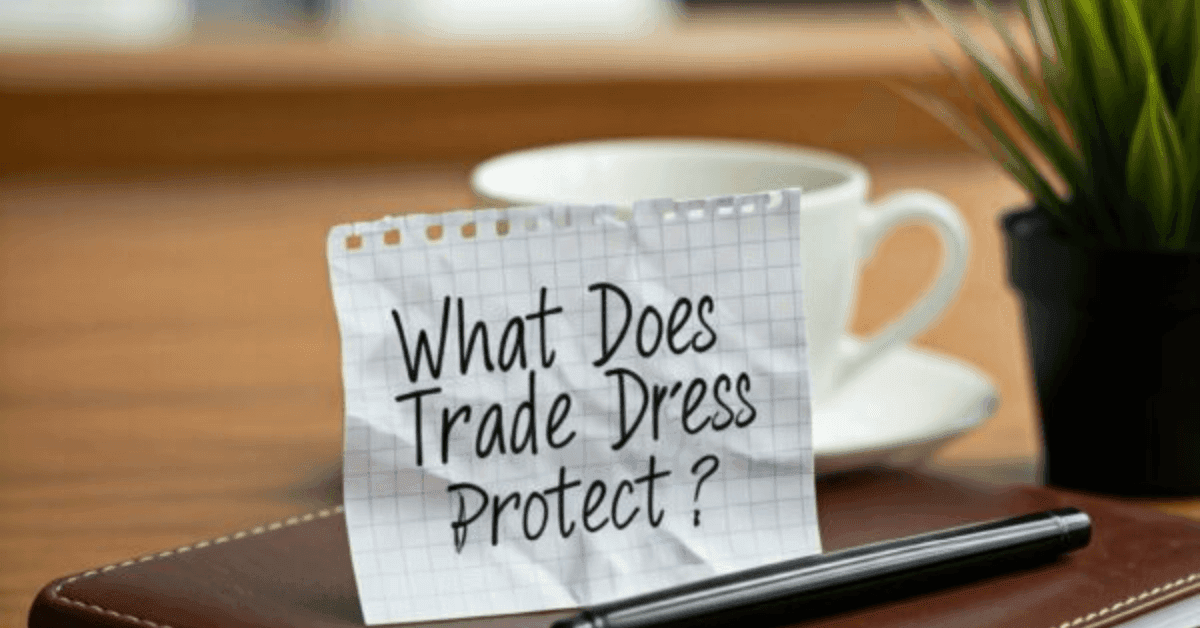
You must be wondering what does Trade Dress protect? Trade dress covers non-functional, distinctive elements of a product or packaging. These are purely aesthetic aspects that set your product apart. Here’s what it typically includes:
1. Product Packaging:
- The Hershey’s Kisses metallic foil wrapping.
- Apple’s sleek white packaging for its devices.
2. Product Design:
- The triangular shape of Toblerone chocolate.
- The stitching and back-pocket design of Levi’s jeans.
3. Store Layout:
- The distinctive interior design of Starbucks coffee shops.
How Does Trade Dress Differ From a Trademark?
You might say, is a trade dress a trademark? Not quite. While a trademark concerns words, symbols, or logos, trade dress looks at the overall appearance.
Trademarks, for example, would include the name of a brand and a symbol indicating a type of shoe (The Nike swoosh); Trade dress would protect unique design (i.e. design of Nike Air Jordan shoes). Both protect in an attempt to preserve brand identity.
How Can a Business Protect Its Trade Dress?
For trade dress to be protected under the law, it must meet these two criteria:
- Distinctiveness Your trade dress should be distinctive enough to determine the source of your product. This may be:
- Inherent Distinctiveness: Easily recognizable without extensive marketing. Example: The shape of the Coca-Cola bottle.
- Acquired Distinctiveness (Secondary Meaning): Acquired recognition through use over time. For e.g.Tiffany’s blue box.
- Non-Functionality The design cannot be serving a functional purpose. If something is helpful for the product to use, then it cannot be protected as trade dress.
- Protected Example: This includes the whimsical shape of a Coca-Cola bottle.
- Not Protected: This includes a bottle design that improves grip for ease of use.
Important note: Trade dress covers non-functional aspects only. If it makes the product work well, then it cannot be afforded protection.
Steps to Secure Trade Dress Protection
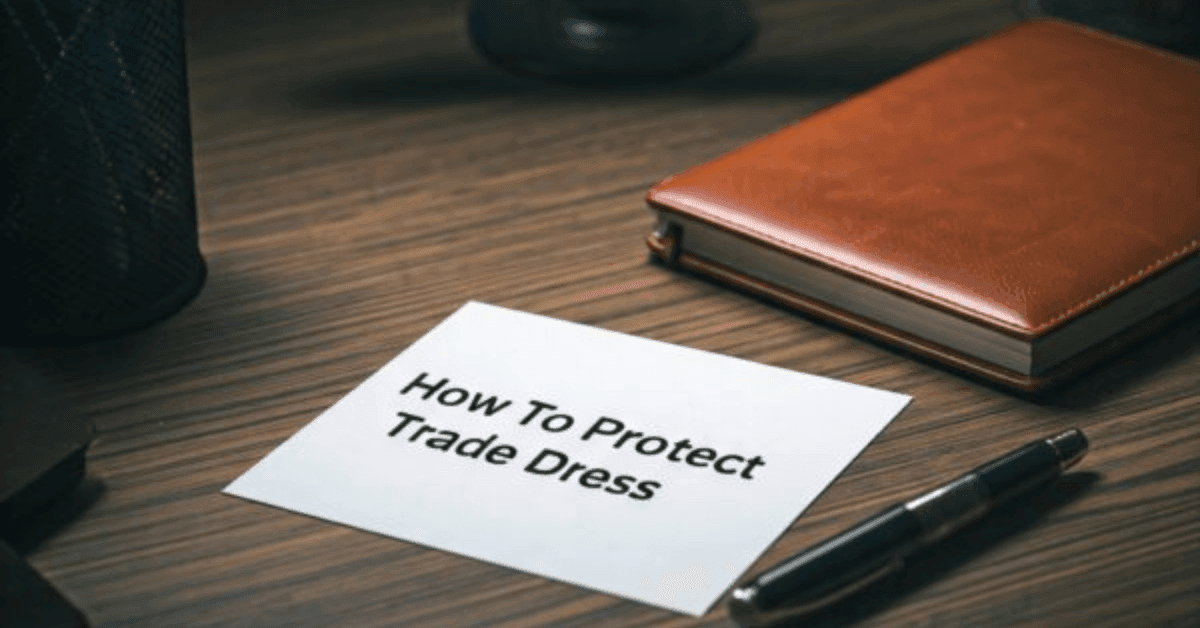
Think you have a unique design? Here’s how to protect it, well:
1. Consistency: Use the same design on your various products and marketing materials again and again to establish an identity.
2. Register It: File an application for protection as trade dress with the relevant authority, such as the U.S. Patent and Trademark Office. Registration strengthens your legal rights.
3. Monitor and Defend: This means being observant against copycats. Actively monitor the market for imitations and take legal action if needed.
The well known case of Qualitex Co. v. Jacobson Products Co. (1995) discuss about the criteria for the trade dress protection.
This case involved Qualitex’s unique green-gold color used on dry-cleaning press pads. The Supreme Court ruled that a single color could qualify as trade dress if it is distinctive and non-functional.
This ruling expanded the scope of trade dress protection to include colors, further emphasizing the importance of non-functional distinctiveness.
What Happens If Someone Copies Your Trade Dress?
Copying trade dress can confuse consumers and harm your brand. If you suspect trademark infringement, you can file a lawsuit under trademark law.
To prove infringement, you must demonstrate:
- Your trade dress is distinctive and non-functional.
- The imitation causes consumer confusion.
Case Law Example: Walmart v. Samara Brothers (2000)
Samara Brothers, a children’s clothing brand, sued Walmart for copying its designs. The Supreme Court ruled that to protect unregistered trade dress, the owner must show it has acquired secondary meaning. This case reinforced the need for distinctiveness and recognition.
Conclusion
Trade dress protection is vital for businesses that want to preserve their unique identity in a crowded market.
From Coca-Cola’s bottle to Tiffany’s blue box, trade dress helps brands stay recognizable and trustworthy.
By understanding its importance and securing protection, you can safeguard your brand’s visual appeal and customer trust.
So, the next time you see a product that stands out, ask yourself: Is this trade dress in action? If you’re a business owner, consider whether your brand could benefit from trade dress protection—it could be the difference between blending in and standing out.

